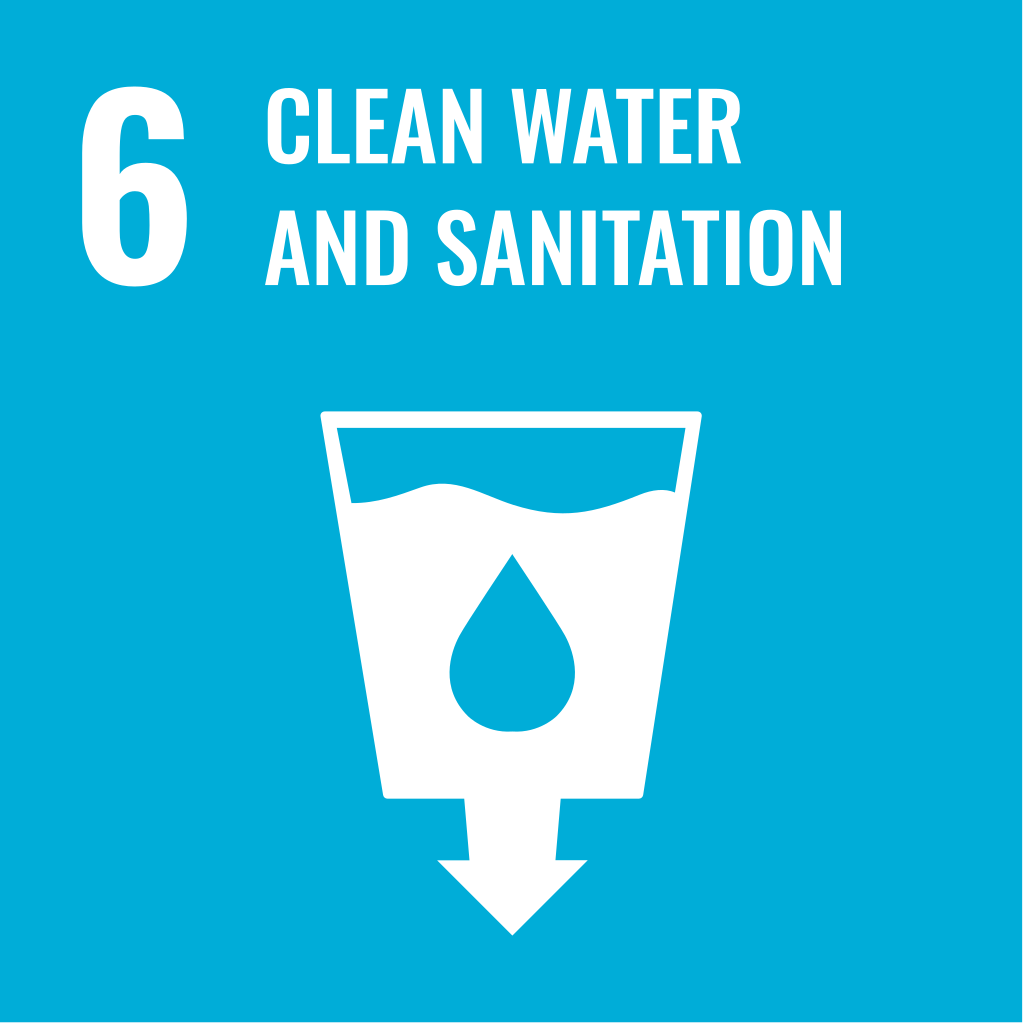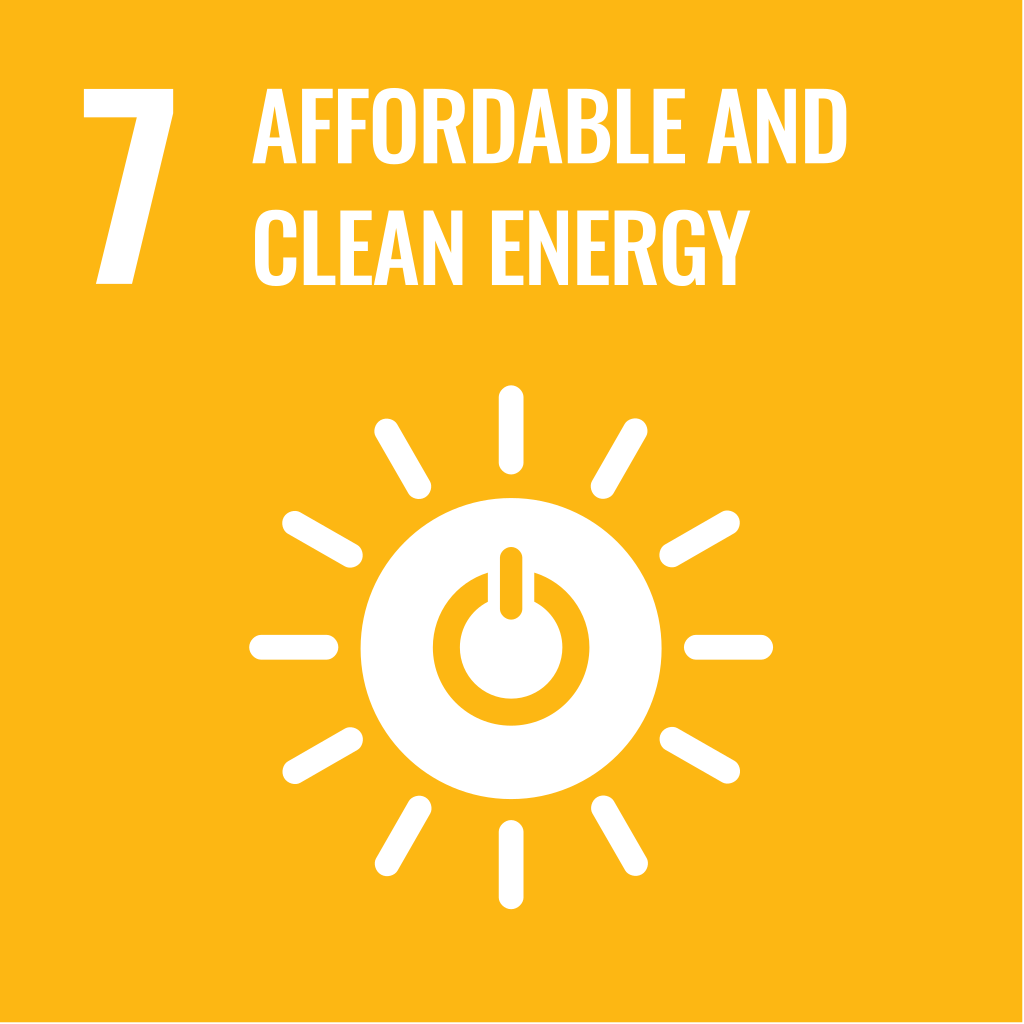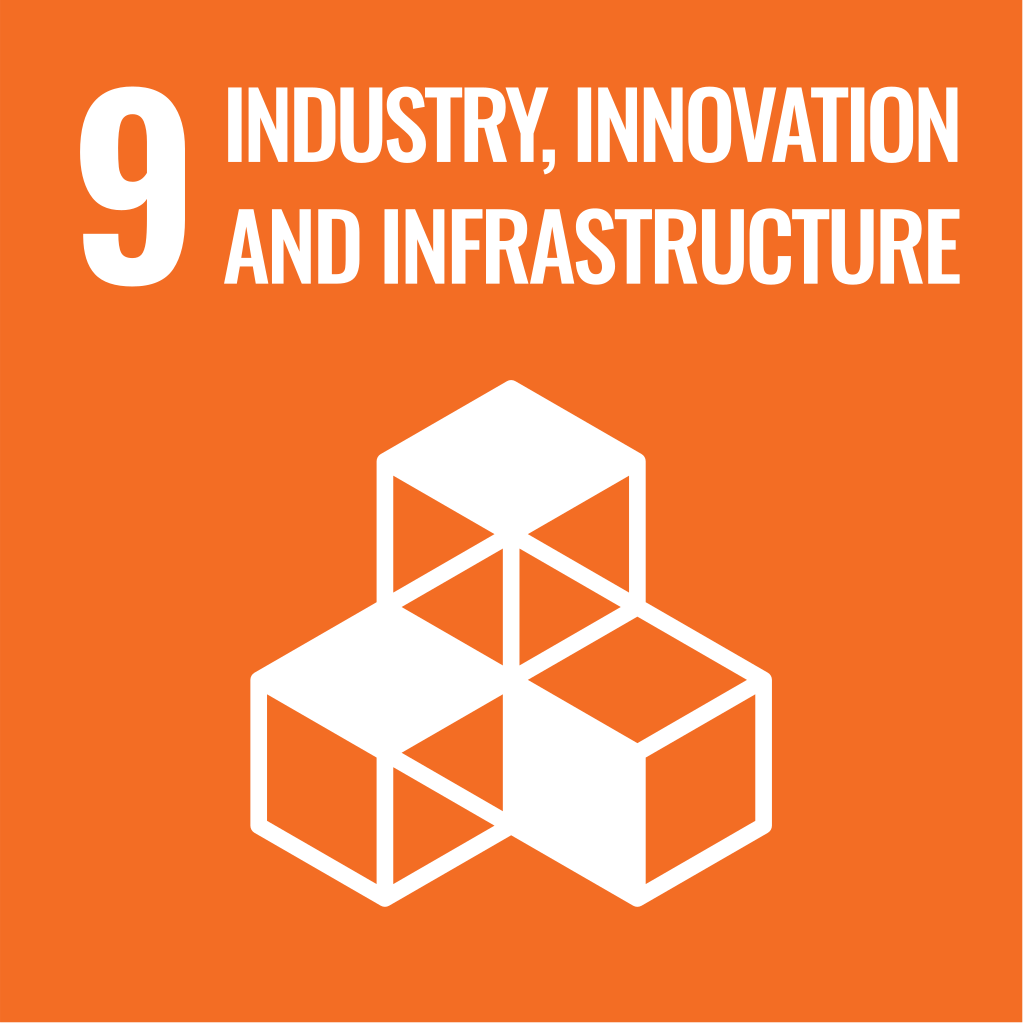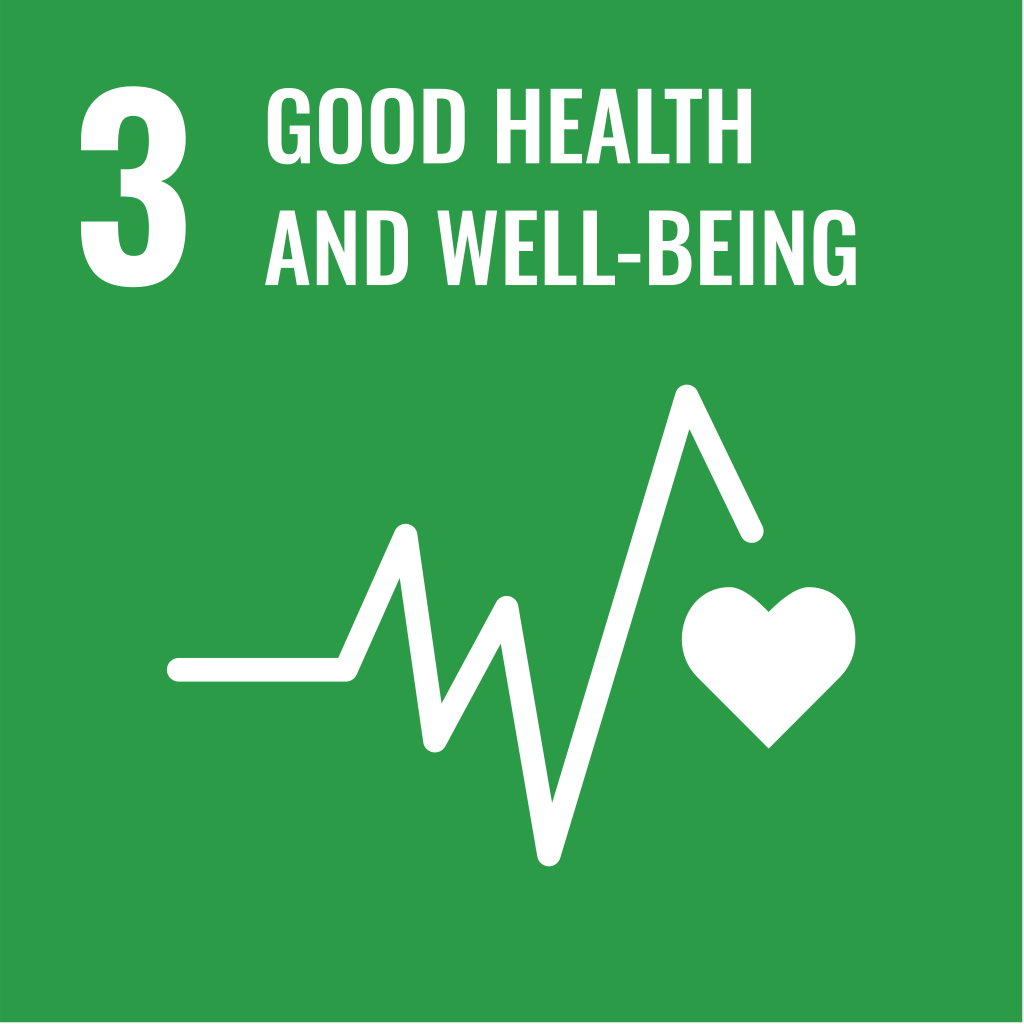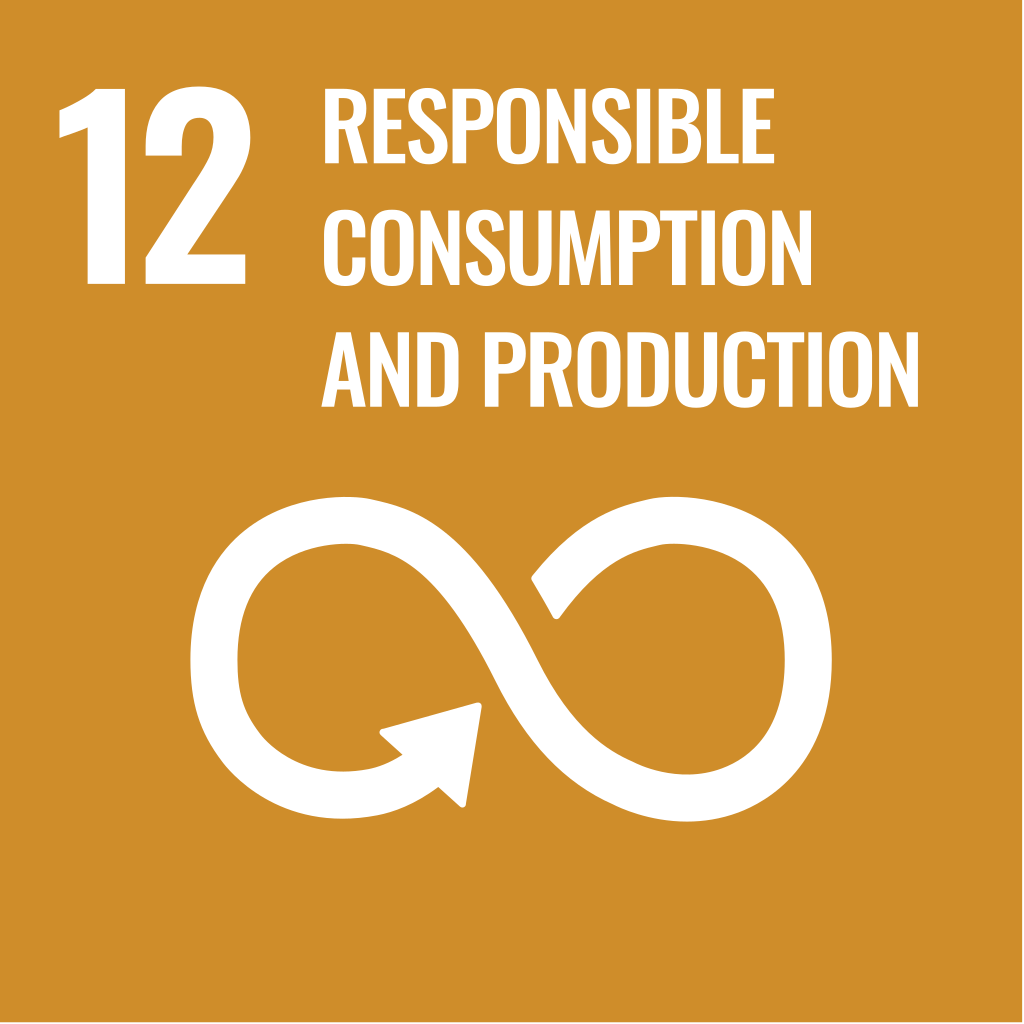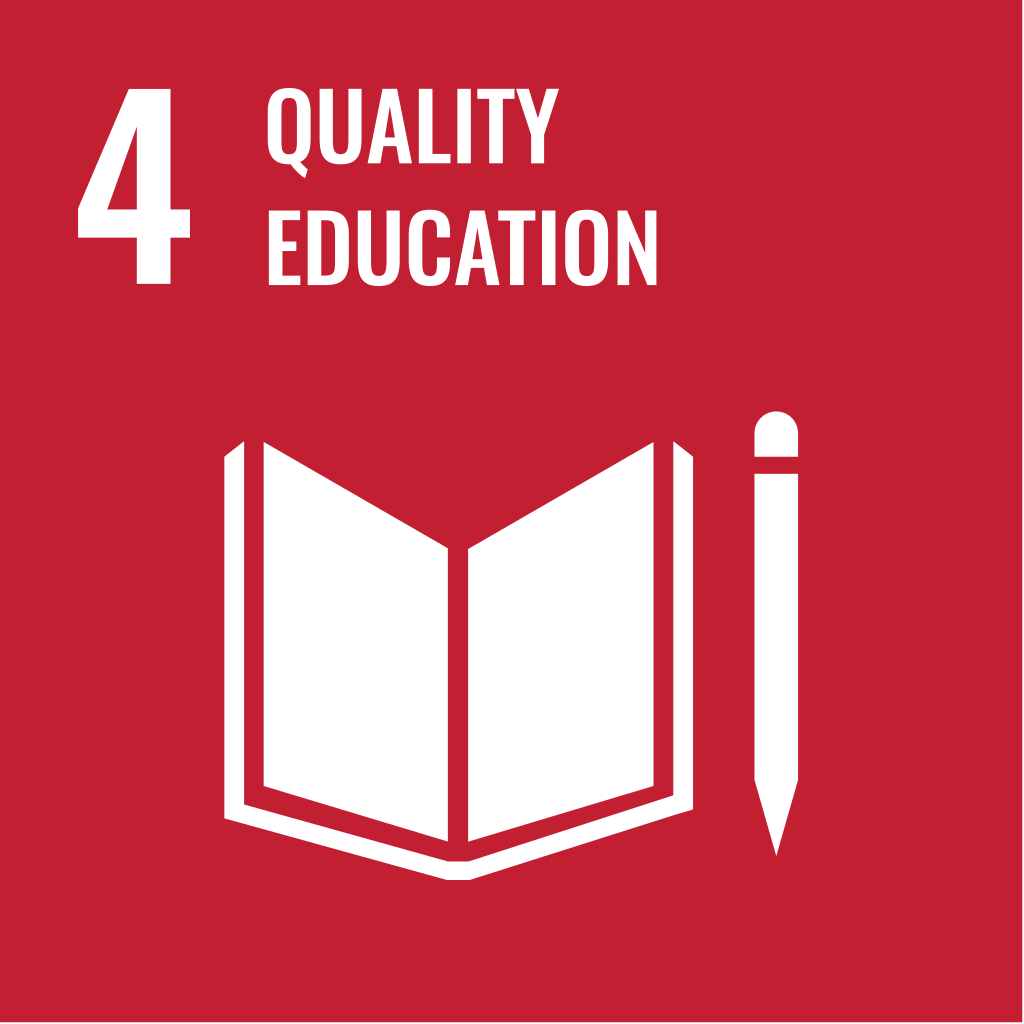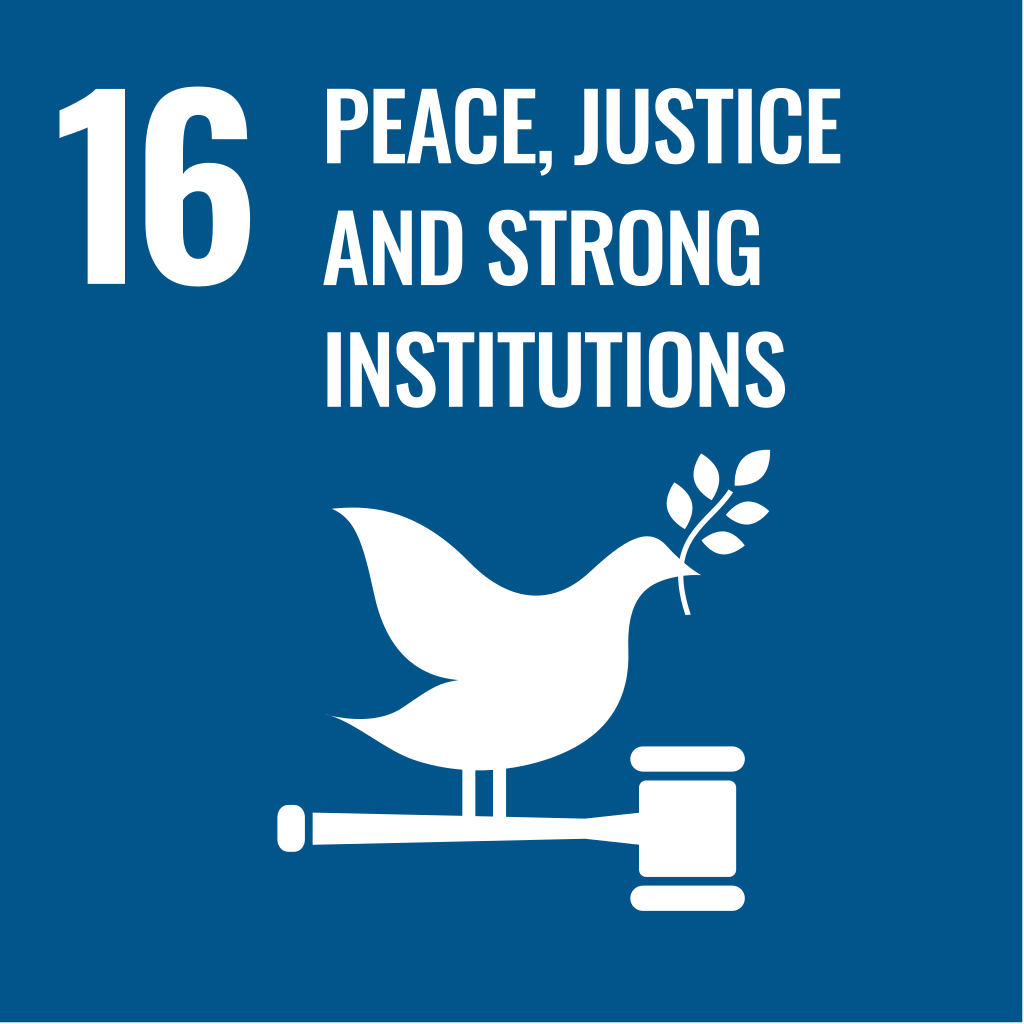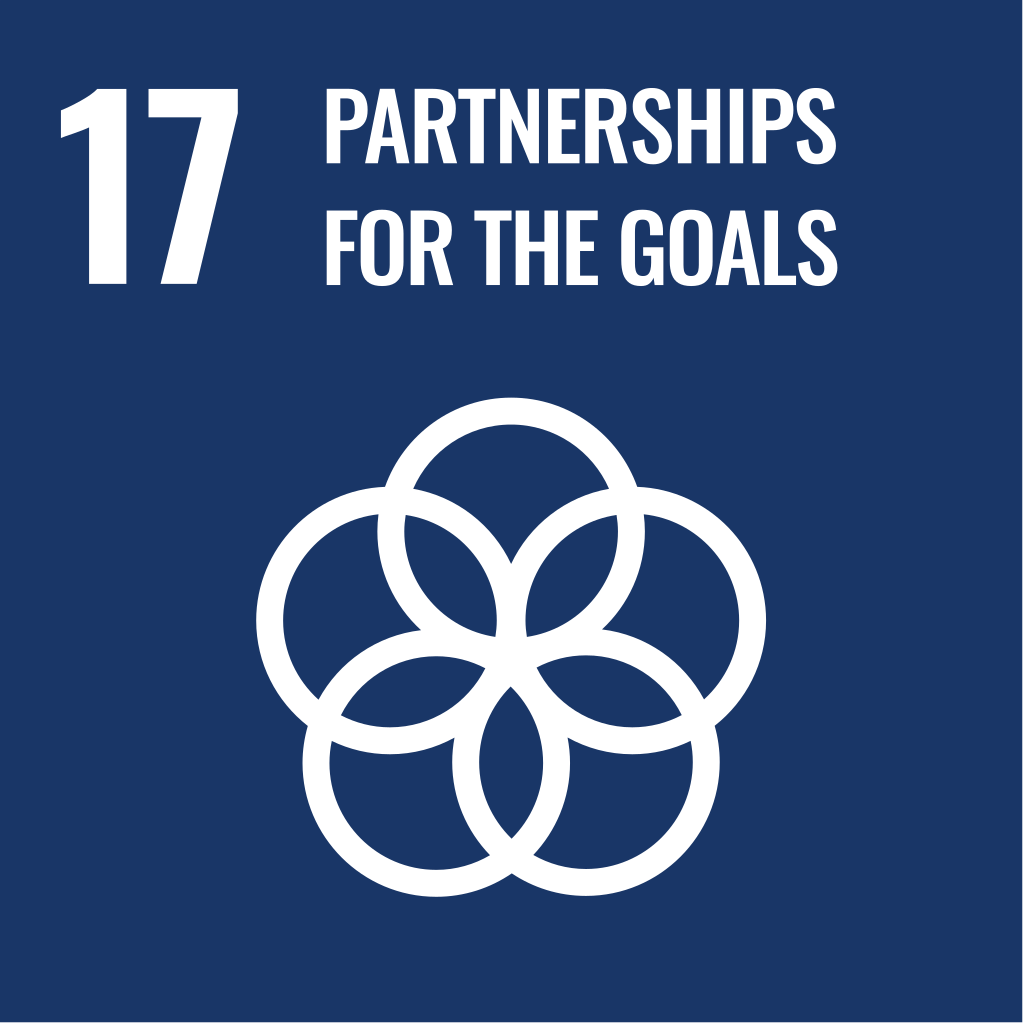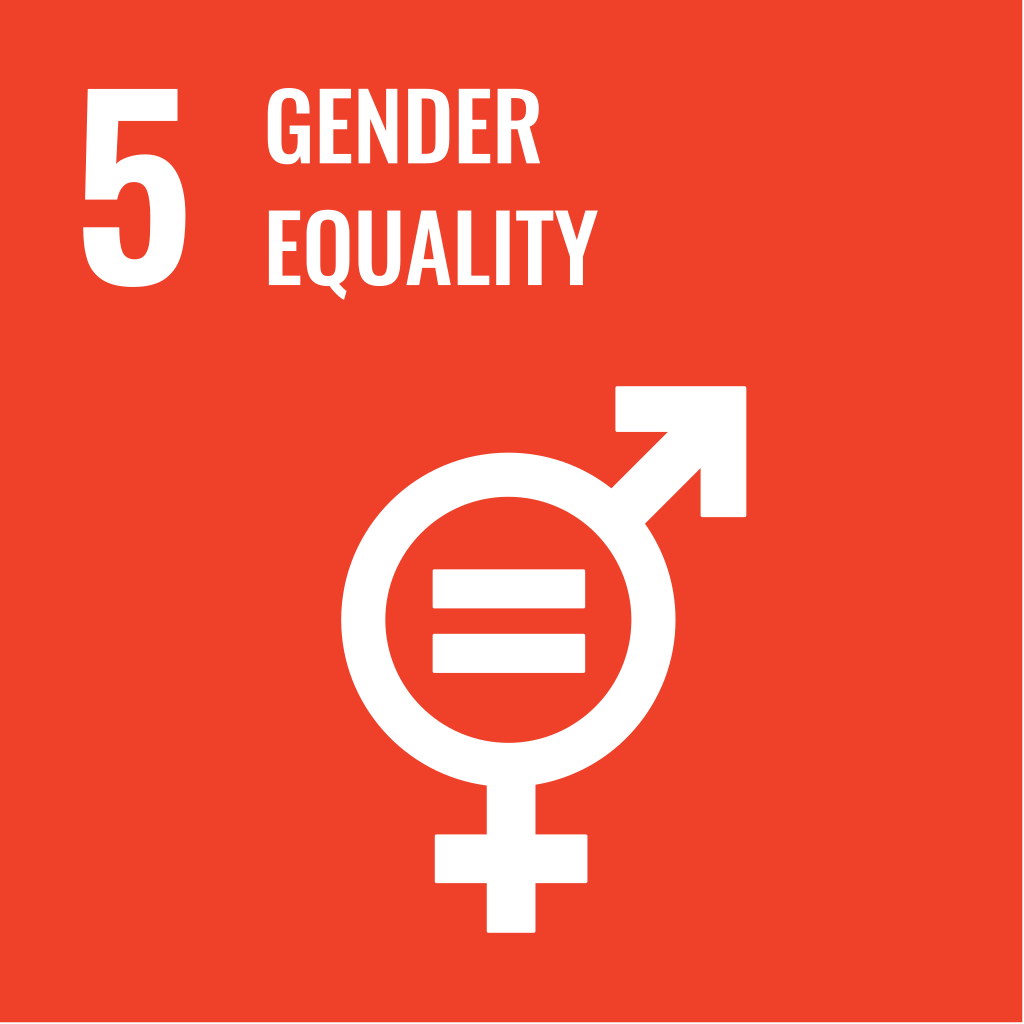| Course label : | Apprenticeship assigment |
|---|---|
| Teaching departement : | CMA / |
| Teaching manager : | Mister ERIC BUISINE |
| Education language : | |
| Potential ects : | 0 |
| Results grid : | |
| Code and label (hp) : | - |
Education team
Teachers : Mister ERIC BUISINE
External contributors (business, research, secondary education): various temporary teachers
Summary
The learner carries out a mission within the framework of his professionalization contract. This mission is entrusted during the work-study period where the learner spends two days a week in a company. Two tutors, one industrial tutor and an academic tutor, provide personalized follow-up that they formalize in a follow-up notebook. This document allows to follow the progress of the learner's work in each of the targeted areas. The learner takes knowledge in consultation with the tutor of the planning and organization of his work and expected activities and behaviors within the company. Integration of the learner into the environment and the acquisition of professional skills in the workplace are regularly monitored during learner follow-up meeting. The progression in his missions in self-assessment of the learner allows to prepare these follow-up meetings. The mission in company is the subject of a final defense with an evaluation by a jury.
Educational goals
The learner carries out a mission in a company where he applies both his knowledge and skills in the professional framework of the professionalization contract. The theme and objectives of the mission are related to the specialized teaching units. The objectives are: Acquired knowledge: - Specific knowledge on the subject addressed Acquired skills : - Ability to implement an approach in order to analyze a problem in depth, - Ability to synthesize of results, - Project management (manage deadlines related to a project, develop a schedule, assess the time to devote to different tasks), - Ability to fit into an industrial team (use appropriate group work organization tools, take into account everyone's skills, manage any disagreements and conflicts), - Use office tools adequately to communicate a scientific research subject.
Sustainable development goals
Knowledge control procedures
Continuous Assessment
Comments: The mission in the company is subject to regular monitoring by the industrial tutor and the academic tutor
and is evaluated by a final defense with an assessment by a jury.
Online resources
Pedagogy
Hourly volume: 2 days (Thursday and Friday) per week in a company over the period September-February Language: French and / or English depending on the subject and the supervisor
Sequencing / learning methods
| Number of hours - Lectures : | 0 |
|---|---|
| Number of hours - Tutorial : | 0 |
| Number of hours - Practical work : | 0 |
| Number of hours - Seminar : | 0 |
| Number of hours - Half-group seminar : | 0 |
| Number of student hours in TEA (Autonomous learning) : | 0 |
| Number of student hours in TNE (Non-supervised activities) : | 0 |
| Number of hours in CB (Fixed exams) : | 0 |
| Number of student hours in PER (Personal work) : | 0 |
| Number of hours - Projects : | 0 |
Prerequisites
Solid knowledges in chemistry and "responsible company and management" (validation of semesters S5 to S8)
